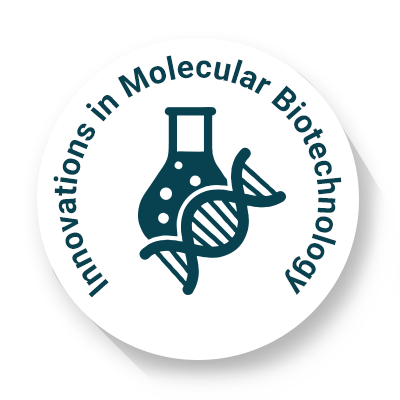
Innovations in Molecular Biotechnology
OPEN ACCESS

OPEN ACCESS

Department of Biotechnology, Utkal University, Odisha, India
DNA fingerprinting is a molecular-based identification method that relies on the detection of polymorphic regions within the human genome, particularly short tandem repeats (STRs) and variable number tandem repeats (VNTRs). Originally developed using restriction fragment length polymorphism (RFLP), the methodology has evolved into a highly sensitive and specific system driven by PCR amplification and capillary electrophoresis. The standard workflow includes biological sample collection, DNA extraction, quantification, amplification of target loci, and fragment analysis, providing high-resolution genetic profiles suitable for individual discrimination.
Technological advancements have significantly extended the capabilities of DNA profiling. Real-time PCR offers quantification of nuclear and mitochondrial DNA and detection of PCR inhibitors, while digital PCR enables precise analysis of low-template and mixed samples. Next-generation sequencing (NGS) introduces sequence-level resolution of STR alleles, mitochondrial genome analysis, and single nucleotide polymorphism (SNP) profiling for biogeographic ancestry inference and identity testing in degraded specimens. Portable sequencing platforms and automated rapid DNA systems support deployment in field investigations and booking stations, although implementation requires rigorous validation.
Despite these developments, the method faces limitations. Sample contamination remains a critical concern, especially in low-copy-number contexts, requiring strict contamination control protocols. Ethical concerns involving informed consent, secondary data use, and genetic privacy continue to raise regulatory challenges. Inter-laboratory inconsistencies necessitate validated workflows, proficiency testing, and adherence to guidelines for statistical interpretation.
This review consolidates the molecular basis, procedural advances, applications, and regulatory considerations of DNA fingerprinting, reaffirming its relevance in forensic science, kinship analysis, conservation genetics, and medical diagnostics.
Department of Biotechnology, Utkal University, Odisha, India